#scrotifera
Text
Scientific Classification of Bats 🦇
Kingdom: Anamalia
Phylum: Chordata
Class: Mammalia
Clade: Scrotifera
Order: Chiroptera
Suborders: Yinpterochiroptera (Formerly Megachiroptera) and Yangochiroptera (Formerly Microchiroptera)
#list of bats#bats#science#clade#order#chiroptera#anamalia#chordata#mammalia#scrotifera#yinpterochiroptera#yangochiroptera
2 notes
·
View notes
Text

this is soooo fucked up
#mhac.txt#zoology#scrotifera including ungulates and bats and shit#and being more closely related to HEDGEHOGS AND TENRECS AND SHREWS#more closely related than they are to primates. this is spinning my head
1 note
·
View note
Text
#prev are bats not rodents…#and aren’t crustaceans and insects closely related…..
@akippie bats are not rodents, and are not particularly closely related. rodents are more closely related to primates, tree shrews, and lagomorphs (rabbits, hares, etc.).
Bats are weirdly enough more closely related to ungulates (deer, hooved animals, etc.) and true carnivores (kitty/doggy teams), and are truly weird little freaks tbh I love them. also I think you would enjoy knowing that the bat-hoof-carnivore clade is called scrotifera because. they all have scrotums. other animals like primates (duh) can also have scrotums but it's not like a rule I guess. Just a fun scrotum fact.
crustaceans, insects, and arachnids are all in the same phylum arthropoda, but different classes entirely. So not more closely related than say reptiles and mammals which are also in the same phylum (chordata, spinal-chord-havers).
5 notes
·
View notes
Photo

Central European boar (Sus scrofa scrofa)
Photo by Michael Furtner
#central european boar#boar#pig#sus scrofa scrofa#sus scrofa#sus#suini#suidae#suina#artiofabula#artiodactyla#euungulata#scrotifera#eutheria#boreoeutheria#laurasiatheria#mammalia#tetrapoda#vertebrata#chordata
4K notes
·
View notes
Text
Colony of bats exiting a Florida apartment en masse. It’s advisable not to stand under them, as it is not uncommon for them to release droplets of urine during flight.
5 notes
·
View notes
Text
nobody:
me: vazuvyr are at least in the scrotifera clade, im really leaning on their order being closely related to chiroptera but idk, idk man, it seems we just dont fucking understand bat evolution yet apparently so its hard to say man but from what i can find it checks out, i could probably squeeze them into chiroptera but im not that bold... not that its relevant to iso that dont have that kind of genetic testing yet so its just between us lmao
4 notes
·
View notes
Text
gothic horror | types of vampires and their offspring.
there several types of major vampires.
pure blood vampires.
these vampires have not had any humans in their bloodlines since before the curse that affected the original 13,000 a four thousand years years earlier, about five vampire generations earlier.
while being a pure blood vampire does not guarantee a seat in them in vampire high society, they are definitely favored by it and are generally seen a leaders.
they are also capable of siring humans into vampires. without requiring consent, though is considered a taboo to do so.
their hypnosis power is particularly strong, but only if it is cultivated.
pure blood vampires are capable of having pureblood vampire, scrotifera vampire, and dhampir offspring.
notable pure blood vampires: shouto todoroki ( @pyrrhe ) , natsuo todoroki, fuyumi todoroki, touya todoroki, rei todoroki
scrotifera vampires.
born vampires who either have a turned vampire, a dhampir, or a human in in their bloodline.
most vampires consist of these. they’re a fairly common magical species and for the most part can live in society with humans
less likely to be apart of vampire high society
they are capable of siring humans into vampire but only with the human’s consent.
their hypnosis power is particularly medium level unless it’s something they have worked at regularly and rigorously since a young age.
scrotifera vampires are capable of having: scrotifera vampire and dhampir offspring.
notable scrotifera vampires: tooru hoshiumi ( @booru ), himiko touga
turned vampires.
vampires who were originally human and sired by either a pureblood, a scrotifera vampire, or another turned vampire.
their position in vampire society is heavily dependent on their sire as they are in the same societal grouping as the vampire who sired them. even some major leaders of vampire society have been turned vampires.
to sire a human without their consent is considered to be taboo and the price for being found doing so is the removal of your largest fang on your left side and for it be cursed to never grow back.
turned vampires can sire humans but only with consent.
turned vampires hypnosis powers are based upon their sire, however they are capable of surpassing them through sheer human tenacity.
turned vampires are still technically humans genetically, they are infected unlike born vampires who have vampire in their dna. as such turned vampires the only vampires capable of having human offspring.
turned vampires are capable of having: scrotifera vampires, dhampirs, and in uncommon but certainly not rare cases human offspring.
notable turned vampires: all for one, tomura shigaraki
dhampirs
the offspring of a human and a vampire with a dominant vampire gene OR in uncommon cases two turned vampires
their position in vampire society is based upon their vampire parent’s position in it, however they are not allowed to be direct heir to their family line if any other
their hypnosis abilities are based upon their vampire parents.
extended information available here via @rotmindcd
they are incapable of turning turning humans
dhampirs are cabale of having: scrotifera vampires and dhampirs as offspring.
notable dhampirs: shinsou hitoshi ( @rotmindcd )
human offspring of vampires.
while entirely human not requiring blood drinking to survive the human offspring of turned vampires do have a couple of notable different traits.
while unknown to the general public human offspring of vampires are incapable of using hunter magic unless they become the slayer.
their blood does not smell differently but is not as nutritious to vampires as a regular humans.
notable human offspring of vampires: izuku midoriya.
#long post //#╳ ᶠᶦʳˢᵗ ᵃᶰᵈ ᶫᵃˢᵗ ˢᵉᵗ ᵇᵃᶜᵏ┊ meta and musings#╳ ᵃᶫᵗᵉʳᶰᵃᵗᵉ ᵘᶰᶦᵛᵉʳˢᵉ ✯ ˢᵐᵃˢʰ ᵗʰᵉ ᶫᵉᵍᵃᶜʸ ᵒᶠ ᵇᶫᵒᵒᵈ ᵃᶰᵈ ˢᵗᵃᵏᵉˢ┊gothic horror
6 notes
·
View notes
Note
What’s your vote for the worst vertebrate clade name? My pick is Smegmamorpha (a proposed clade of teleost fish).
Damn that’s up there with Scrotifera
13 notes
·
View notes
Photo
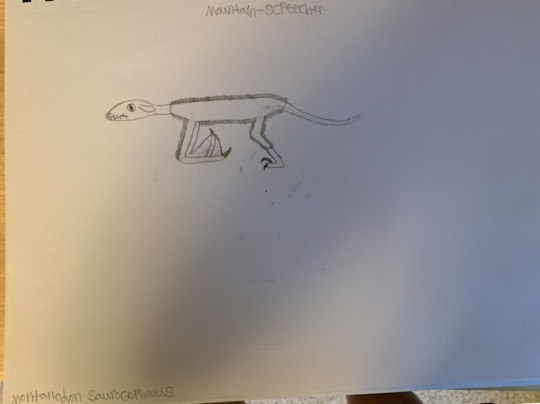
Mountain-Screecher
Kingdom: Animalia
Phylum: Chordata
Class: Mammalia
Clade: Scrotifera
Order: Chiroptera
Family: Onycopterygidae
Genus: Onycopteryx
Species: O. gigantus (”giant clawed-wing”)
Ancestral species: Pipistrellus abramus (Japanese house bat)
Time period: late Nyctocene to early Solocene (100 million years to 120 million years in the future).
Information: a smaller relative of the Camazotz, the Mountain-Screecher stands about 5 feet tail, is 10 feet in length, and has a 10-foot wingspan. Unlike the Camazotz, the Mountain-Screecher can not use powered flight due to its proportionally-smaller wingspan, instead moving around by gliding. Its large eyes allow it to see in the darkest of nights. Its body is pitch-black in color, save for its eyes, which give off an eerie yellow glow. As its name would suggest, it lives across many mountain regions of Thalassia, and is identifiable by its shrill, blood-curdling scream. It is a nocturnal hunter, and feeds on a variety of different animals. The dromeosaur-like toe claws on its hind legs are for gripping onto struggling prey.
0 notes
Note
Bats are in the Clade known as Scrotifera, which is named after the scrotum
UM
4 notes
·
View notes
Text
week 031

Welcome to 31st and last blog post! This final week I will talk about bats.
Bats’ forelimbs are adapted as wings. They are more maneuverable than birds.
These animals are in Kingdom Animalia, Phylum Chordata, Class Mammalia, Clade Scrotifera and Order Chiroptera. There are many Suborders.
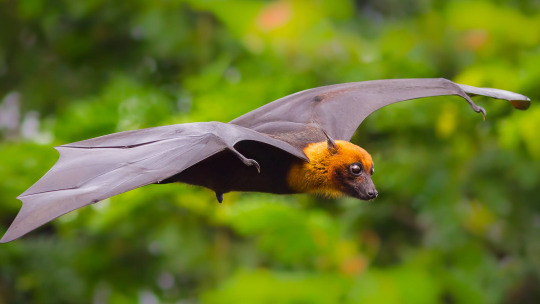
Bats’ diets depend on their species. Some bat species eat mostly fruit and nectar, while others might even eat vertebrates.
Bats reproduce sexually. Most bat species are polygynous, but others can be promiscuous or monogamous. Mating season depends on the location of the bat. Temperate living bats mate in late summer and early autumn, while tropical bats mate during dry season.

Some bats are solitary while others live in large colonies of more than a million individuals. Bats communicate using low-frequency calls.
Bats live all over the world. They live on every continent (excluding Antarctica). Some bats are tropical and only live in tropical environments, while other species and types of bats are native to other specific lands.
One of the earliest bats were the Hassianycteris kuman, which lived 55 million years ago.
Thanks for reading my final blog post!
--
Sources:
Wikipedia: general information
0 notes
Photo
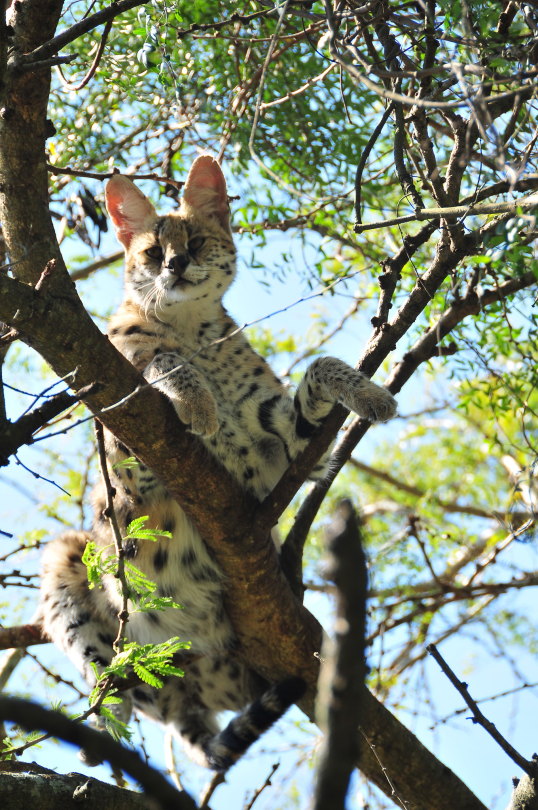
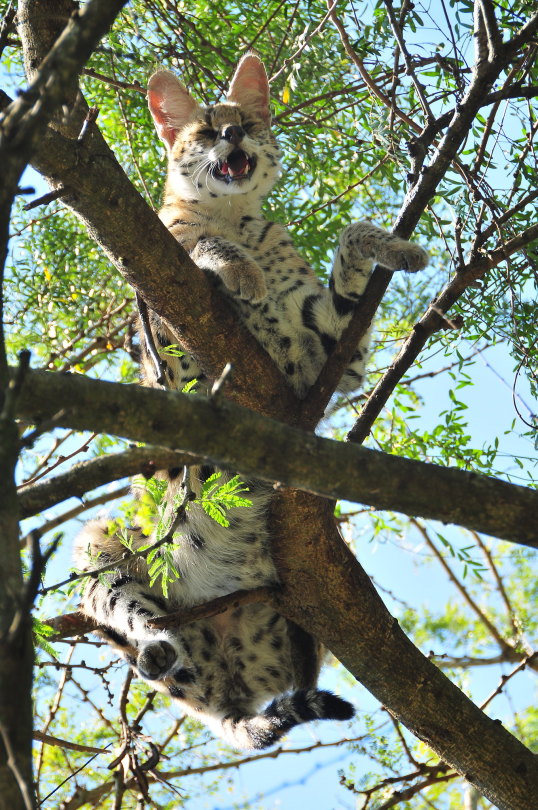
Serval (Leptailurus serval)
Photo by Jill ee
#serval#leptailurus serval#leptailurus#felinae#felini#felidae#feliformia#carnivora#carnivoramorpha#ferae#scrotifera#laurasiatheria#boreoeutheria#eutheria#mammalia#tetrapoda#vertebrata#chordata
1K notes
·
View notes
Text
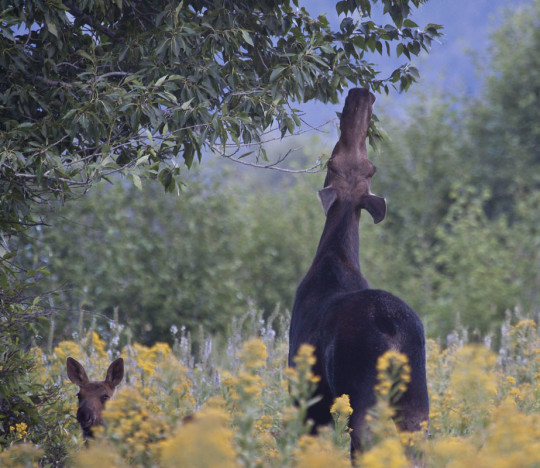
Shiras moose (Alces alces shirasi)
Photo by Marlin Harms
#shiras moose#moose#alces alces shirasi#alces alces#alces#alceini#capreolinae#cervidae#ruminantia#pecora#cetruminantia#artiofabula#artiodactyla#euungulata#laurasiatheria#boreoeutheria#eutheria#scrotifera#mammalia#tetrapoda#chordata
511 notes
·
View notes
Photo

Aardwolf (Proteles cristata)
Photo by Андрей Коткин / Andrej Kotkin
#aardwolf#proteles cristata#proteles#protelinae#hyaenidae#feliformia#ferae#scrotifera#laurasiatheria#boreoeutheria#eutheria#mammalia#tetrapoda#vertebrata#chordata
2K notes
·
View notes
Photo

American plains bison (Bison bison bison)
Photo by photoman356
#oddity#color morph#leucism#american plains bison#north american bison#bison bison bison#bison bison#bison#bovina#bovini#bovinae#bovidae#pecora#ruminantia#cetruminantia#artiofabula#artiodactyla#euungulata#scrotifera#laurasiatheria#boreoeutheria#eutheria#mammalia#tetrapoda#vertebrata#chordata
5K notes
·
View notes
Photo
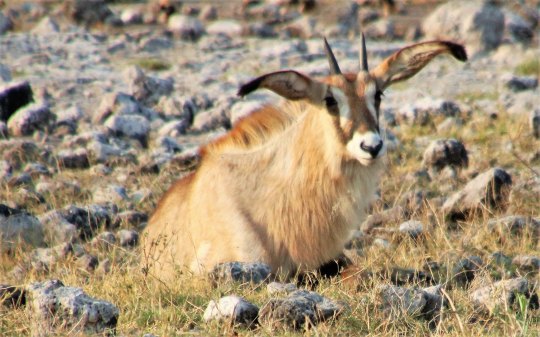
Roan antelope (Hippotragus equinus)
Photo by John Jackson
#roan antelope#hippotragus equinus#hippotragus#hippotraginae#aegodontia#bovidae#pecora#ruminantia#cetruminantia#artiofabula#scrotifera#laurasiatheria#boreoeutheria#eutheria#mammalia#tetrapoda#vertebrata#chordata
858 notes
·
View notes